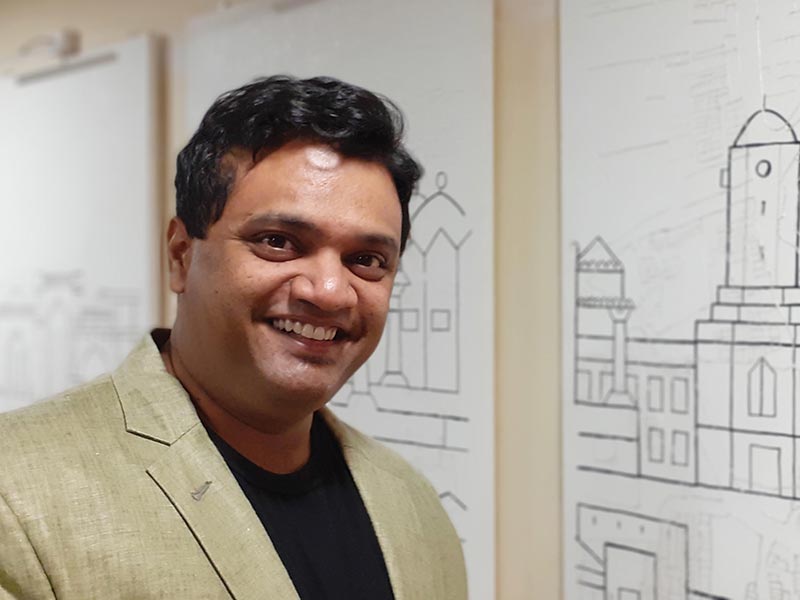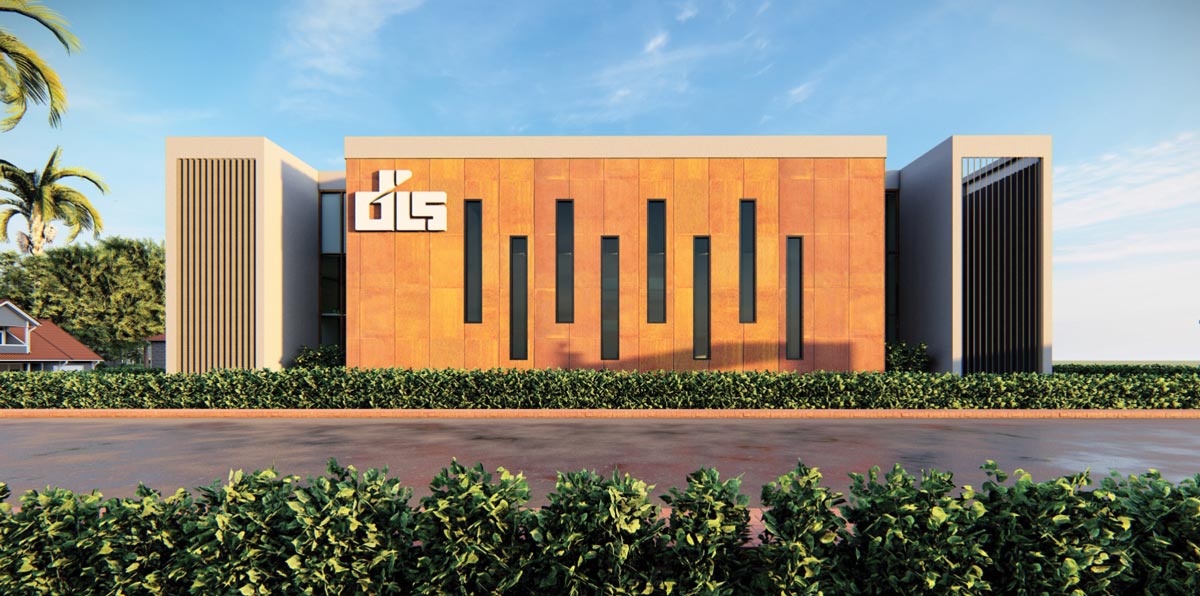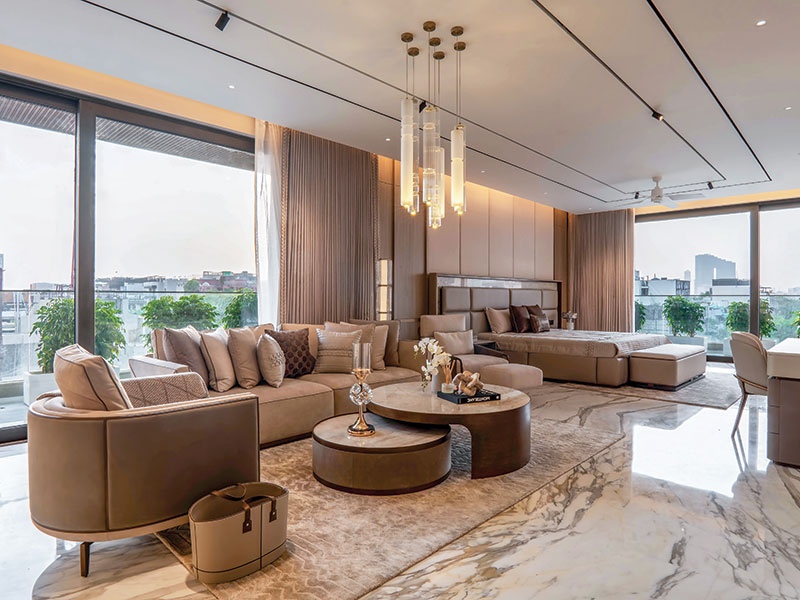
Construction is the 4th industrial revolution that we are undergoing and India being the ‘world’s largest construction project’ finds itself right at the center of it. Being of the scale that it is at, it is a no-brainer that we be the trendsetters in adopting sustainable, intelligent construction and planning practices. Sustainability is a broad term and with respect to smart cities it extends not just to address the environment, rather, it also encompasses the social structure and equitable living for its residents.
A building impacts lives of its users much beyond the plot boundary. We should look at it as an all-encompassing, systems-based stepping-stone to building a city. This can be done combining conventional construction techniques, material use with ICT and linked logistics, which can streamline the way we build and have the lowest possible carbon footprint. Most of our cities have grown organically. More than ever, now is the time to live in connected cities that run in a smart and efficient manner based on statistical data inputs. The idea of integration of municipal services, public transit, waste management, transportation, energy grid, healthcare and education with the user being the core focus would be seen as being more mainstream and the basis of sustainable and smart cities.
Simple interventions like supplying construction waste from one site to back fill another would not only reduce landfills, but also economize transactions as stakeholders save on costs of disposal and buying of such waste. With building transit systems, a simple ICT intervention like real-time public transit information, and availability of accessible transit stops can allow users to plan and cut down on travel time, making these systems useful and urban living equitable in the true sense. Ability to generate and sell electricity back to grid via Net metering mechanism helps one reduce energy spends.

Free flowing landscapes between buildings would allow for social spaces that promote interaction between communities.
Increasing FSI in business hubs of cities will allow for vertical growth, keeping the horizontal available. This would also change the density dynamics of urban areas, allowing for a more formal mixed-use living set-up. In effect, this would increase the availability of urban social spaces multifold. Scale of these spaces would be very different to what we conventionally have in a housing society. Free flowing landscapes between buildings would allow for social spaces to act as a contemporary interpretation of ‘chowk’ and ‘nukkad,’ fostering and promoting interaction between communities, allowing seniors and children to have safer, vehicle-free spaces to spend time in.















